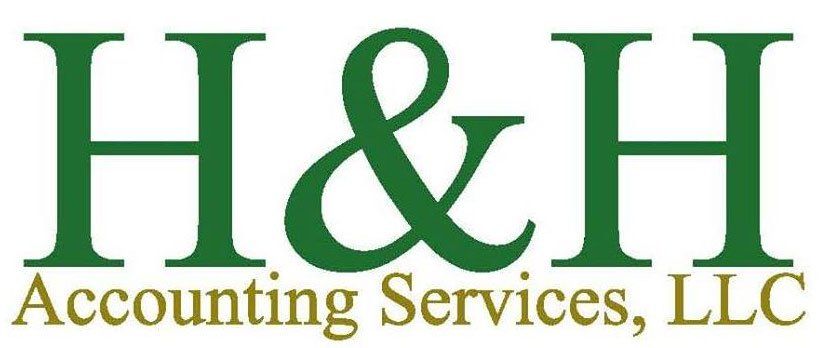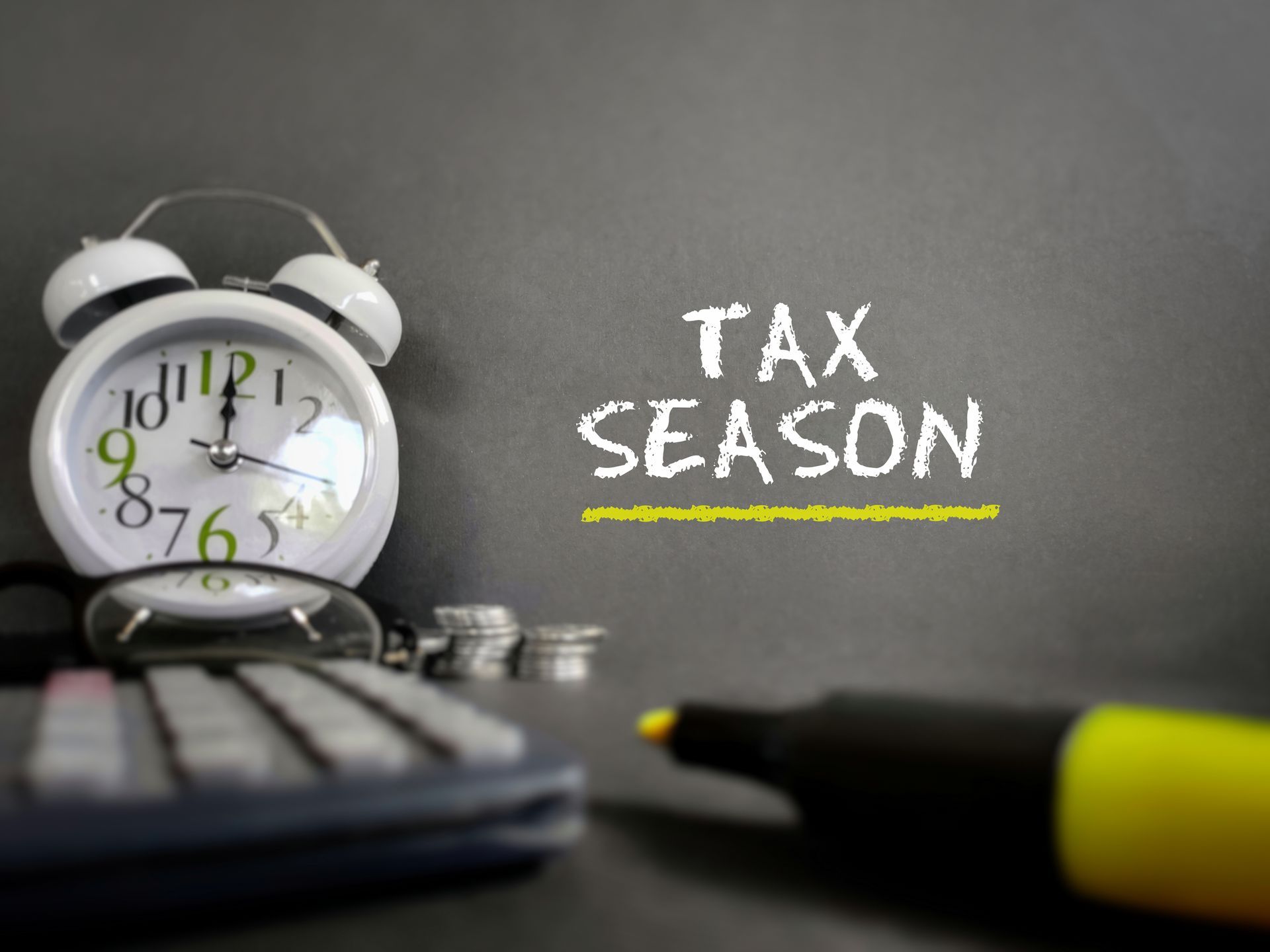When Will I Get My Tax Refund and How Should I Use It?

Tax season can feel like a whirlwind of paperwork and numbers, but for many Americans, it ends on a high note: a tax refund.
Whether you’re already imagining how to spend it or you’re anxiously refreshing the IRS website every day, you’re not alone in wondering, “When will I get my refund—and what’s the smartest way to use it?”
How Long Do Tax Refunds Take?
Once you’ve filed your taxes, your refund timeline depends on two main factors: how you filed and how you chose to receive your refund.
Typical IRS Timelines
- E-file with direct deposit: Usually within 21 days of acceptance
- E-file with a paper check: May take 4 to 6 weeks
- Paper return with direct deposit: Around 6 to 8 weeks
- Paper return with a paper check: Up to 8 to 12 weeks
The fastest option by far is to e-file your return and opt for direct deposit. Filing early in the season also helps, since IRS processing times may slow down as more returns come in.
What Can Delay Your Refund?
- Errors in your return: Typos, incorrect Social Security numbers or math errors can trigger reviews.
- Identity verification issues: The IRS may flag your return to prevent fraud, especially if you’ve been a victim of identity theft in the past.
- Earned Income Tax Credit (EITC) or Additional Child Tax Credit: Refunds claiming these credits are legally held until mid-February due to anti-fraud laws.
Double-check everything before you file—or better yet, work with a trusted tax professional to avoid preventable tax refund delays.
How Are Tax Refunds Calculated?
Your refund is based on how much tax you owed versus how much was withheld or paid throughout the year.
Refund = Overpayment
If you had more taxes withheld from your paychecks than you owed, the IRS returns the excess to you. This is your tax refund.
What Increases Your Refund?
Certain credits and deductions can significantly boost the amount you get back:
- Earned Income Tax Credit (EITC)
- Child Tax Credit
- Education credits (e.g., American Opportunity Credit)
- Saver’s Credit
- Above-the-line deductions like student loan interest or IRA contributions
What Doesn’t Typically Boost Your Refund?
- Claiming dependents alone doesn’t guarantee a refund. It depends on your income and eligibility for credits.
- Filing early won’t necessarily mean a bigger refund; it just gets you paid sooner.
- Getting a big refund doesn’t always mean you made smart tax choices—it may just mean you overpaid throughout the year.
- Some people might look at overpaying taxes as a method of forced savings, but it means giving the government an interest-free loan with your money. Instead of waiting for a refund, that money could be working for you—whether it's earning interest in a high-yield account or helping you avoid credit card debt.
Tracking Your Refund
You’ve filed, now what? You can track the status of your refund using the IRS’s “Where’s My Refund?” tool at irs.gov/refunds.
What You’ll Need:
- Social Security number or ITIN
- Filing status
- Exact refund amount
The tool updates once a day, typically overnight.
When to Call the IRS:
- It’s been 21+ days since e-filing with no status update
- It’s been 6+ weeks since mailing your return
- The tool says to contact them or shows an error
Otherwise, patience is key. Frequent checking won’t speed things up, but working with an experienced tax pro can help you feel confident that your return was filed correctly the first time.
Smart Ways to Use Your Refund
1. Pay Off High-Interest Debt
If you have credit card debt or personal loans, putting your refund toward paying them down can save you hundreds in interest over time.
2. Build Emergency Savings
Life happens. Setting aside even a portion of your refund in a high-yield savings account can give you peace of mind when unexpected expenses pop up.
3. Boost Your Retirement
Contributing to an IRA or increasing your retirement fund with a lump sum from your refund is a smart way to invest in your future, and it may lower your taxable income next year.
4. Save for Quarterly Estimated Taxes
If you’re self-employed or freelance, consider setting aside a chunk of your refund to cover your estimated quarterly tax payments. Paying the appropriate amount quarterly prevents underpayment penalties and makes your financial life smoother.
5. Build Equity in Your Home
Use your refund to make home improvements that increase your property’s value or apply it directly to your mortgage principal. Either option helps build equity faster and can save you money in the long run.
Need Help With Taxes or Planning Ahead? Our Personal Tax Preparation Services in the Greater Phoenix Area Can Help!
If you want to file your return correctly, avoid delays and make the most of your refund, H&H Accounting Services is here for you. Whether you’re self-employed or you just want to make sure you’re properly maximizing (and justifying) your credits and deductions, our team of experienced tax preparation professionals will guide you through every step.
Contact us at H&H Accounting Services today to schedule your consultation or give us a call at (480) 561-5805.



